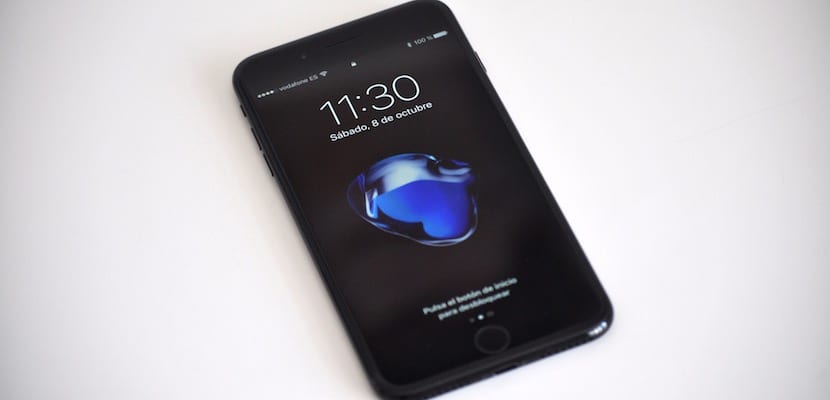
Apple has done an excellent job with the LCD screens of its current iPhone 7 and 7 Plus, to the point of having been described as DisplayMate as "the best LCD screens ever made." Despite this, the shift to AMOLED screens seems inevitable in the next iPhone 8, but it will not be a very long-lasting marriage., because the future of Apple seems destined to use Micro-LED displays. What do these screens bring? We explain it to you below.
Developing technology since 2014
The history is not recent, far from it. Apple acquired the LuxVue company in 2014, and although as always in Cupertino no statement was made about the company's intentions when acquiring this small startup, but obviously its interest was in the many patents registered on Micro-LED technology applied in the mobile device screens. Based on the opinions of experts at the time of acquisition, the company was developing groundbreaking technology that was going to change the future of mobile device displays.
Great advantages compared to current screens
What is special about this technology on the screens of our mobile devices? The best technology of the moment is supposed to be the SuperAMOLED that Samsung uses in its mobile devices, although Apple has never been particularly attracted to this technology and has resisted its use. The Apple Watch was the first device to use it for its screen, and it seems inevitable that the iPhone 8 will carry it, at least in its premium model. But Micro-LED technology is superior to AMOLED, and its advantages include energy consumption so low that it would improve the performance of current batteries by 300%.
Micro-LED screens do not need a backlight, as with current LCDs, so like AMOLEDs, blacks are black, because the pixels are off, and that means a considerable battery saving. However, the range of colors that is achieved is much better than that of the current AMOLED, and with the same energy consumption, twice the brightness is achieved than with these.. In addition, once the technology is refined, its large-scale manufacturing is much less expensive than that of LCD panels, let alone AMOLED panels, which are even more expensive.
What is the immediate future?
Micro-LED technology is still in an early stage of development, and according to some experts the chances that you will end up in mass production for your commercial application is currently 50%. Both Apple and Samsung are working on both technologies, albeit from different approaches.

Its commercial application therefore is not yet clear, but it could be that the future Apple Watch that is launched in 2017 includes this type of screen. It is an ideal device for this because of its small size, and because any improvement in its autonomy will be very appreciated to be able to add new functions, such as LTE connectivity.. The Apple Watch was the first to include AMOLED technology and now it could once again be the perfect test bed for this new technology.
With stagnant batteries, the screen is the key
Battery technology does not seem to evolve fast enough to meet the increasing needs of mobile devices. Smartphones include new features, larger screens and resolution, but the battery does not improve at this rate. If we take into account that the screen is undoubtedly the part of the device that consumes the most, improving in this aspect will have a great impact on the autonomy of the terminal. An iPhone whose battery lasts 2 or 3 days? Perhaps this which today sounds like science fiction to us is possible in the not too distant future.
hey editor is wrong since microled technology is very expensive a 5-inch lcd panel costs 15 dollars the amoled 70 or 80 dollars the 5-inch microled costs 300 there you see everything